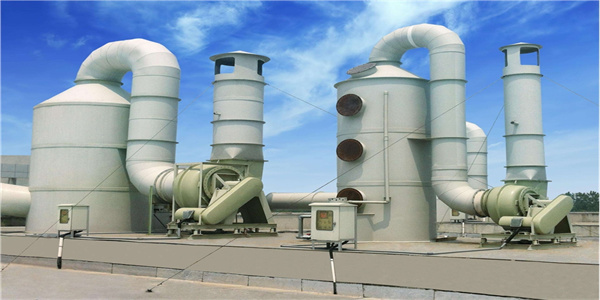Walking into Science: Hopcalite
Q: What is Hopcalite, and what are its primary components?
A: Hopcalite, a highly efficient oxidation catalyst, is primarily composed of active manganese dioxide and copper oxide. This unique blend of components gives Hopcalite its remarkable catalytic properties, making it a cornerstone in the chemical industry.
Q: Could you elaborate on the performance details of Hopcalite?
A: The performance of Hopcalite is truly noteworthy. It exhibits high catalytic activity, allowing it to rapidly catalyze the oxidation of various harmful gases. Its selectivity is also excellent, meaning it can target specific gases for oxidation while minimizing unwanted side reactions. Furthermore, Hopcalite's stability ensures consistent performance over extended periods.

Q: What are the key applications of Hopcalite?
A: Hopcalite finds widespread applications in areas such as gas purification and organic waste gas treatment. In filter-type gas masks, it plays a crucial role in catalyzing the oxidation of carbon monoxide, protecting the wearer from harmful gas exposure. Additionally, in mines and emergency shelters, Hopcalite is utilized to eliminate hydrogen, ensuring a safer environment.
Q: Are there any specific industries that benefit from the use of Hopcalite?
A: Absolutely. The petrochemical, pharmaceutical, printing, and coating industries all stand to benefit significantly from the use of Hopcalite. In these sectors, the catalyst effectively reduces VOCs (volatile organic compounds) emissions, significantly contributing to environmental quality improvement.
Q: What are the necessary precautions when handling Hopcalite?
A: When handling Hopcalite, it is crucial to ensure a closed operation environment with local exhaust ventilation to prevent the release of dust into the workspace. Additionally, avoiding contact with oxidizing agents and acids is essential to prevent damage to the catalyst. It is also advisable to have leak emergency response equipment on hand for safety.
Q: Are there any known health risks associated with the use of Hopcalite?
A: While Hopcalite is generally safe for use in industrial applications, it's always advisable to take necessary precautions. Prolonged or excessive exposure to the dust particles of Hopcalite may cause irritation to the skin, eyes, and respiratory system. Therefore, proper protective equipment such as gloves, goggles, and respirators should be worn when handling the material. Additionally, those who are sensitive or allergic to certain chemicals should exercise extra caution and consult a healthcare professional before working with Hopcalite.
Q: How does the porous structure of Hopcalite contribute to its efficiency?
A: The porous structure of Hopcalite is a key factor in its efficiency. The pores provide a large surface area for the catalyst to interact with the gases, increasing the number of active sites available for catalysis. This, in turn, accelerates the reaction rate and enhances the overall performance of the catalyst. The porous nature also allows for better diffusion of reactants and products, further contributing to its efficiency.
Q: Are there any storage requirements for Hopcalite to maintain its effectiveness?
A: Yes, proper storage is crucial to maintaining the effectiveness of Hopcalite. It should be stored in a dry, well-ventilated area to prevent moisture absorption, which can affect its catalytic properties. Additionally, it should be kept away from sources of heat and direct sunlight to prevent thermal degradation. The packaging of Hopcalite, often in iron drums, is designed to be sealable and waterproof, further ensuring its stability during storage.
Q: How does the use of Hopcalite align with sustainable practices in the chemical industry?
A: The use of Hopcalite aligns closely with sustainable practices in the chemical industry. By efficiently catalyzing the oxidation of harmful gases, it contributes to reducing emissions and improving environmental quality. This not only benefits human health but also supports the goal of sustainable development by minimizing the negative impact of industrial processes on the environment.
Q: Are there any ongoing research efforts to further improve the performance of Hopcalite?
A: Yes, research into enhancing the performance of Hopcalite is an active field. Scientists are exploring new formulations and modifications to the catalyst to improve its activity, selectivity, and stability. Additionally, research is being conducted to understand the catalytic mechanism of Hopcalite more deeply, which could lead to the development of even more efficient catalysts.
Q: In conclusion, what is the overall significance of Hopcalite in the chemical industry?
A: In conclusion, Hopcalite holds significant value in the chemical industry. Its exceptional catalytic properties make it a vital component in gas purification and organic waste gas treatment processes. Its widespread applications across multiple industries demonstrate its importance in reducing harmful emissions and promoting environmental sustainability.
Related News

